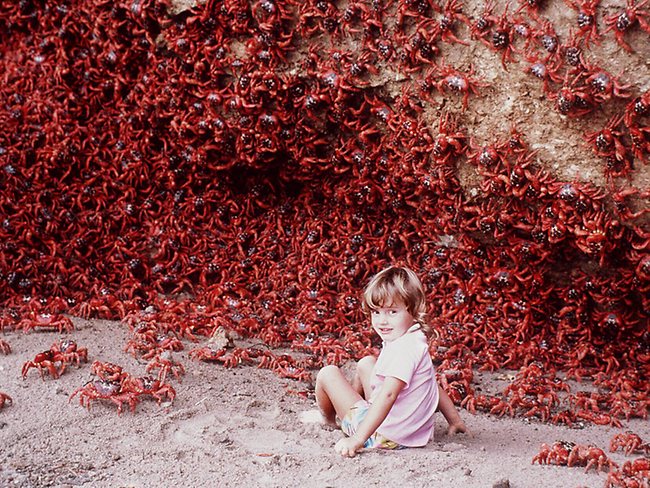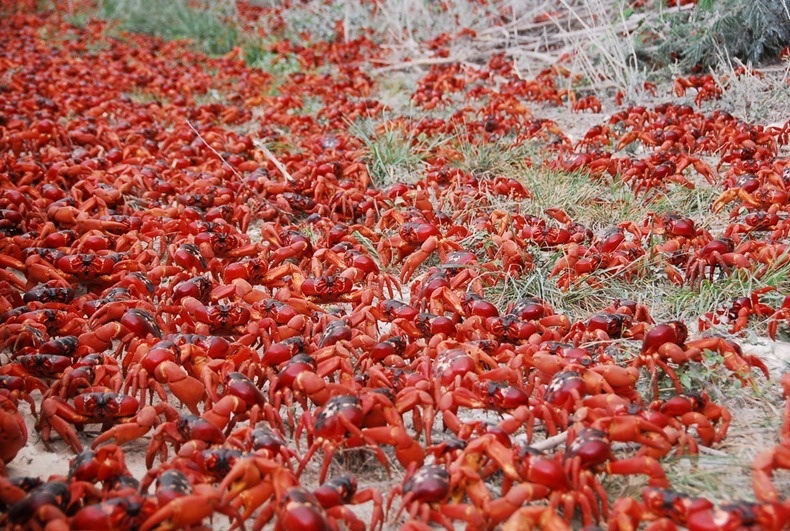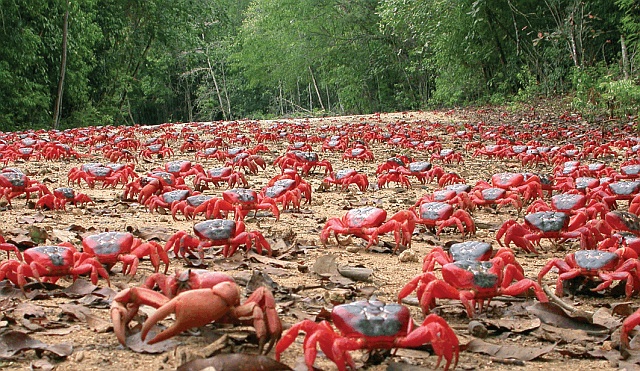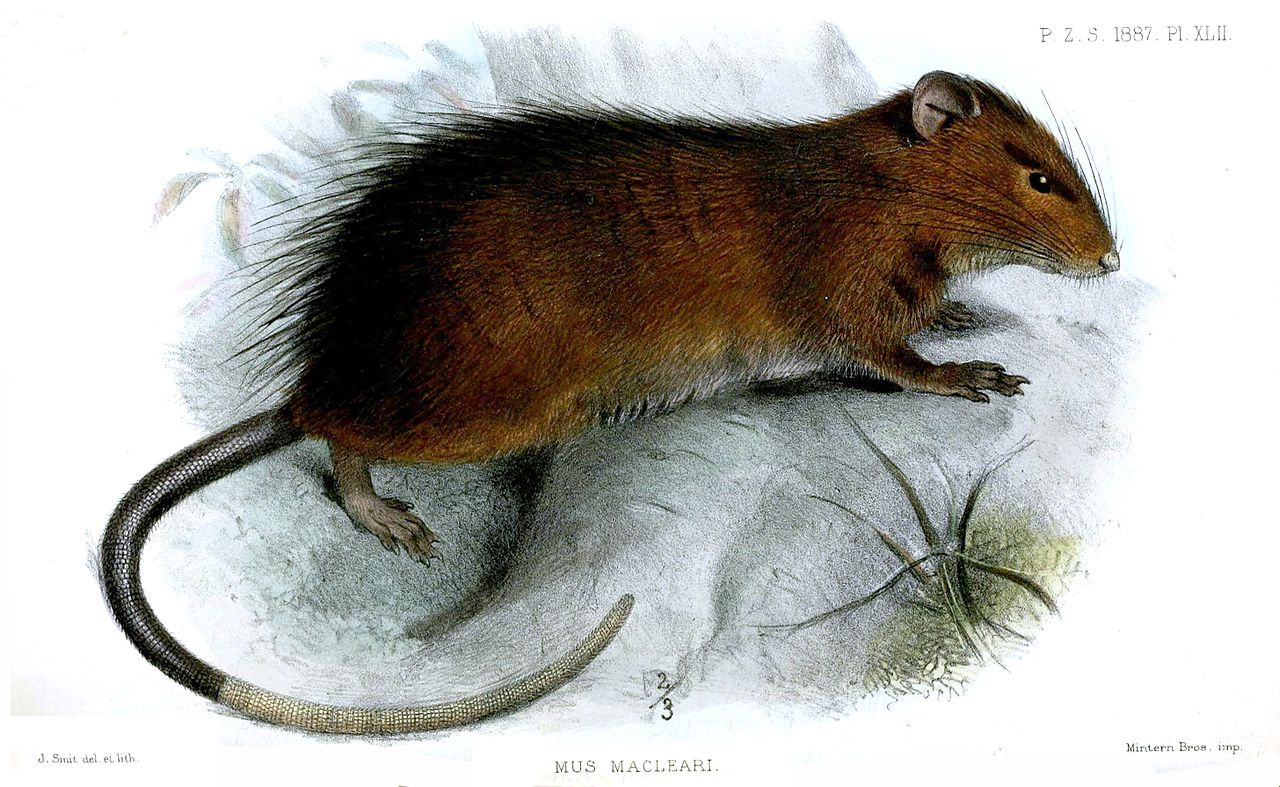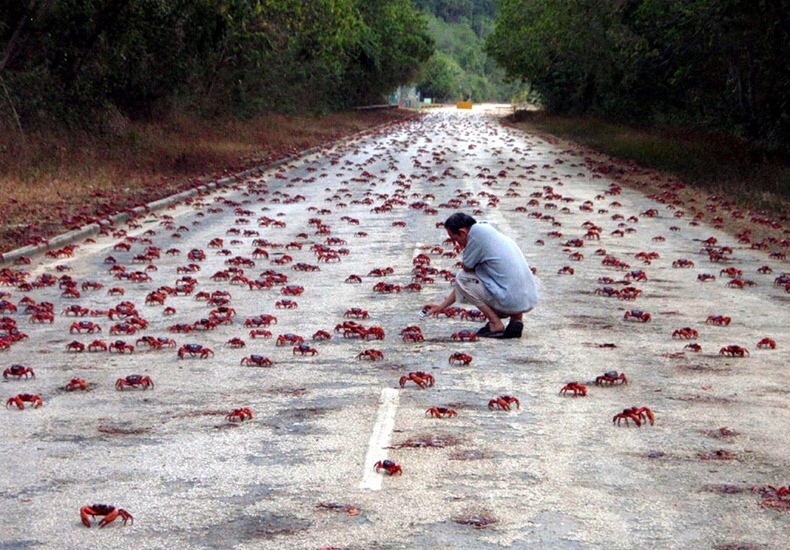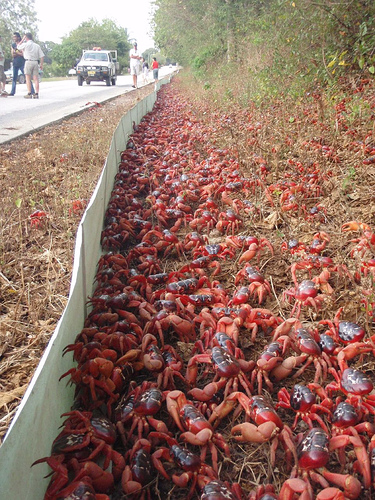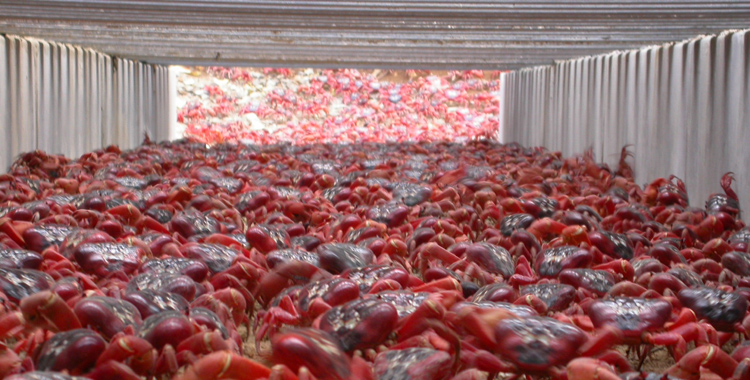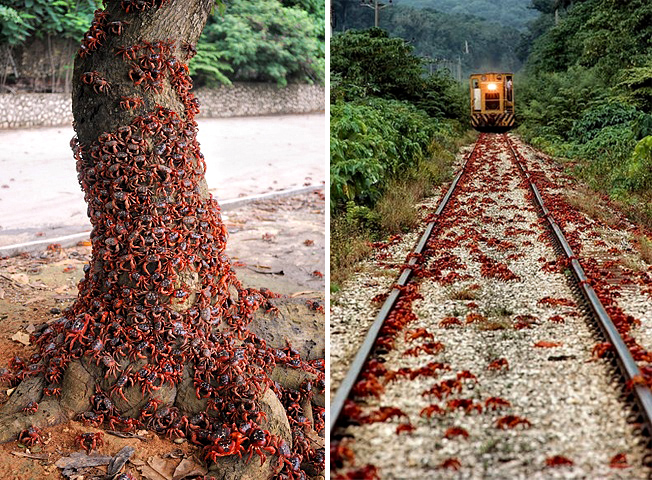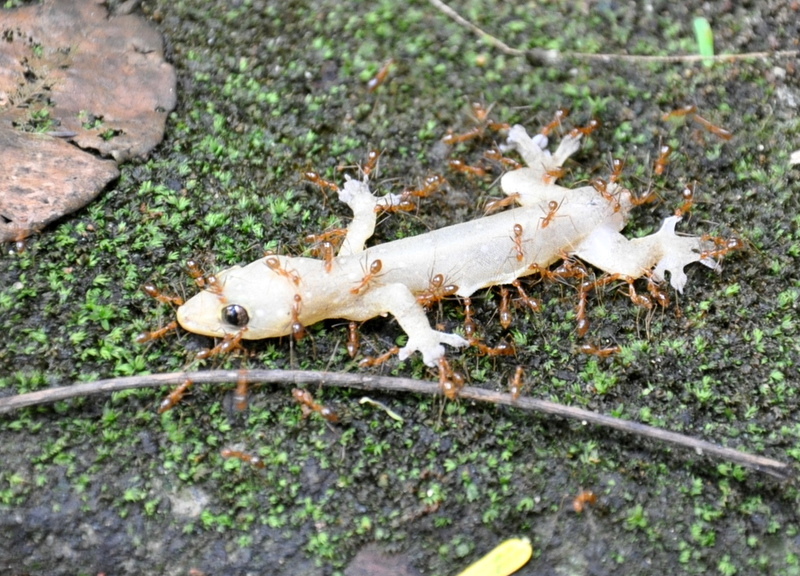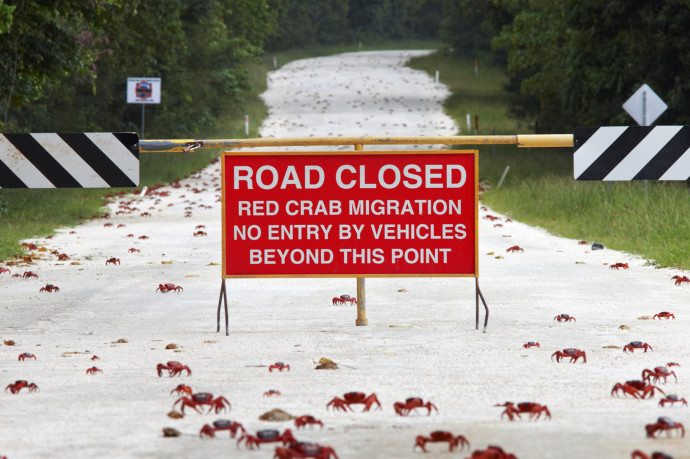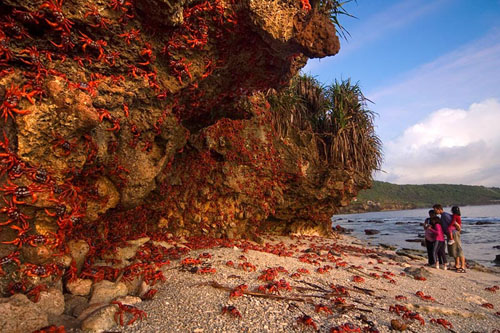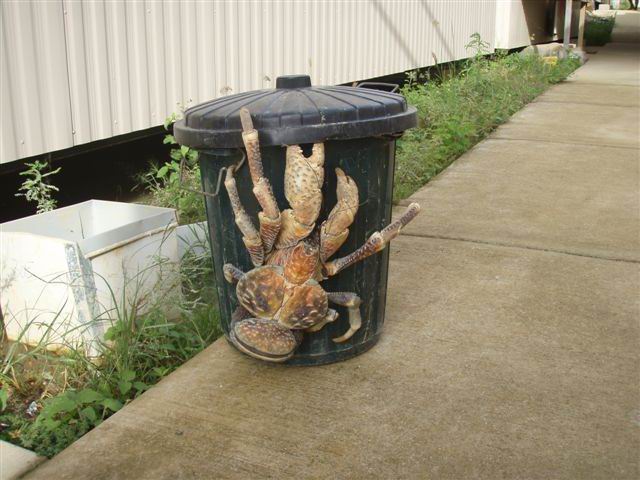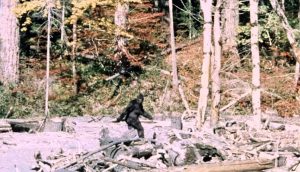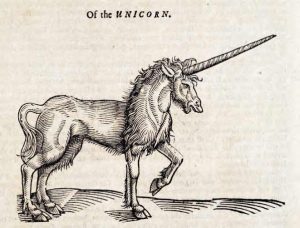Red Crab Migration Of Christmas Island
Christmas Island sits 2,600 kilometres (1,600 miles) northwest of Perth, Western Australia and 500 km (310 miles) south of Indonesia, this relative isolation allowed an interesting and specialised selection of flora and fauna to develop and flourish, including a wonderful selection of strange land crabs.
Christmas Island was completely unpopulated by humans until the late 1800s giving the resident wildlife the peace and quiet it deserves. The island was named by Captain William Minors who sailed passed it on Christmas Day, 1643. Today there is a small population of around 2,200 people who call the island home, predominantly of Chinese Australian descent.
One of Christmas Island’s most visually surprising species is the red crab, a relatively large land crab that is only found here and on nearby Cocos Island. The crab is particularly noted for its visual and impressive migration once a year.
Christmas Island boasts 18 species of plant that are found nowhere else on earth and the island is a haven for seabirds. The seabird’s ancient guano gives the island a rich seam of phosphate which has been mined for decades.
The island has a large collection crab species, 20 types in total. Of these species, 13 are considered true land crabs.
The red crab is one of these purely land based crabs. They spend their entire life (after a few short weeks of the larval stage) on land and their yearly migration consists of as many as 100 million individuals marauding across the island in a brilliant sheet of pulsating red claws and exoskeletons.
Despite the ancient breeding of Christmas Island’s wildlife, this crabby swarm is thought to be a relatively new phenomena. Early inhabitants of the island didn’t really mention the insane number of red crabs that ran across the island yearly. And it’s certainly a sight you might have taken note of. Some scientists believe that the increase in crab numbers might be due to the extinction of one of the island’s endemic rat species – Maclear’s rat (below).
It’s thought that Maclear’s rat might have kept the red crabs in check before it fell foul of diseases spread by the foreign black rats that accompanied early visitors.
Although people are less likely to mourn the loss of a rat species than a big cat species, they are even less likely to mourn the loss of the tick – Ixodes nitens – which is thought to have become extinct along with Maclear’s rat, its host.
Christmas Island’s red crab population stick to the forest for the vast majority of the year. They breath with gills so they need to keep moist at all times to avoid the gill plates sticking together and starving them of oxygen.
During the hot season on Christmas Island temperatures can exceed 30 degrees Centigrade, so for three months of the year the crabs live in small burrows and plug their access to the outside world with leaves in an effort to maintain high humidity in their muddy homes.
Red crabs are solitary and will defend their burrow from all-comers, but at one point each year their hermit nature is broken as they join forces in astonishing numbers and romp across the island to breed.
So where are all these marvelous crabs heading in such a hurry? The red crabs, during the wettest time of year, leave their burrows in the woody interior of the island and head for the coast. The march takes around a week and the males arrive earliest.
The boys dig burrows which they fiercely defend from their companions, upon arrival of the lady crabs, mating occurs in or near the burrow. After the act, the men leg it off back to the forest and the womenfolk stick around to deposit their fertilised eggs in the burrows left by the chaps.
The females incubate the eggs until the turn of the high tide during the last quarter of the moon. At this point the water rises and takes the fledgling crabs into the ocean. The larva spend just 3-4 weeks at sea before returning to land and a life in the forest.
The red crab is clearly not in danger of becoming extinct any time soon, but their existence is not without threat. Human built roads are a significant killer, so the local population built aluminium “crab fences” to ensure that the busiest stretches of road are crab free. They’ve also built “crab tunnels” underneath some sections of roads (above). A fair amount of effort is put into keeping the crabs away from high traffic areas for ecological reasons of course, but also because their tough exoskeletons can puncture car tyres and cause traffic accidents.
Another more sinister threat to the red crab is the amazingly titled yellow crazy ant. The yellow crazy ant was accidentally brought onto the island from Africa. The long-legged invasive species is called “crazy” because of the way it swings its legs around when it’s disturbed.
This species of ant is pretty hardcore, outcompeting or eating resident ant species and devouring anything they can find. They are intolerant of anything that lies in their path. Here is an unfortunate gecko being carried off by a group of crazy yellow ants in India:
The crazy ants, who have set up a number of super-colonies in Christmas Island’s forests, are not shy around the red crabs. The ants invade their burrows, kill and eat them.
The invasion of the yellow crazy ant has become a living, albeit unwanted, experiment on ecosystems, demonstrating just how important an individual species can be for the entire lifecycle of a forest. Areas where these super-colonies have decimated crab population have shown how essential these crabs are for the ecology around them. The red crabs turn over the forest floor’s soil and their dung fertilises the plants.
Seedlings that the crabs normally feed on are now allowed to grow unhindered and consequently the structure of the forest has changed. Weeds abound and a species of stinging tree, which the crabs normally keep in check, has returned in force.
The yellow ants are disturbed by the vast migratory march of the crab population, this triggers them to spray defensive formic acid. The formic acid gathers in such a cloud that the crabs are blinded and eventually killed by the spray. As they rot they are eaten by the ants.
The yellow crazy ants rely heavily on the honeydew produced by scale insects (like aphids) to survive. To ensure honeydew is in abundance crazy ants protect scale insect and encourage a boom in their population. This increase in sap-suckers has a negative impact on surrounding plant health as their lifeblood is unceasingly harvested.
So an increase in scale insects causes plant life to struggle, this in turn increases the amount of light that reaches the forest floor and causes a growth spurt in weeds. Added to that, ants often leave honeydew uneaten, this drips onto plants and encourages a black sooty mold to grow over tree trunks and other plants, hindering their growth further still.
The red crab isn’t the only type of crab that is suffering thanks to these invasive ant warriors. Below is a photo of the disturbingly sized robber crab, or coconut crab, the largest land dwelling arthropod in the world:
To date the red crab species is still flourishing in areas untouched by the ants, but as with other areas of the earth invaded by foreign ant intruders, their future remains unclear.
So the tale of the red crab is a tempestuous one. The rise in its numbers may have been caused by the deletion of its main predator by an imported rat species, and its demise may well come at the hands of an imported and crazy insect species. Easy come, easy go I guess.
MORE AMAZING NATURE:

